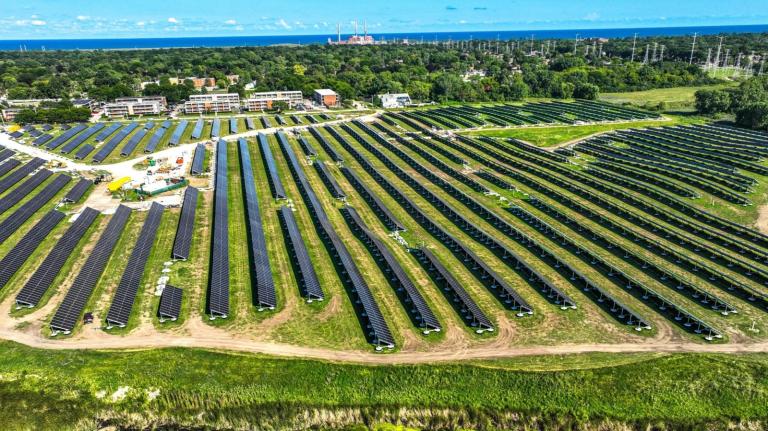The following post is by Earl Killian, guest blogger at Climate Progress.
—–
The California Energy Commission is considering a proposal by PG&E to require televisions sold in the state to meet a minimum efficiency standard. Why is a utility proposing its customers by more efficient appliances? Because California allows utilities to earn a return on investment from negawatts.
PG&E’s proposal begins by plotting the power consumption (in Watts) of existing TVs against screen size and finding a linear fit. They then look at the most efficient (least power consumption) at a given size, and propose a cut-off formula based on screen size:
| Native Vertical Resolution | Tier 1: Effective 2011 | Tier 2: Effective 2013 |
| ≤480 (i.e. non-HD) | PMAX = 0.12*A + 25 | PMAX = 0.12*A + 25 |
| >480 (i.e. HD) | PMAX = 0.20*A + 32 | PMAX = 0.12*A + 25 |
California has kept its per-capita power consumption flat since the late 1970s. Appliance efficiency standards (Title 20) have been one component of its tactics.
The expected power savings are large. Today’s average 38-inch LCD draws 175W, but this would fall to 125W in 2011, and 103W in 2013. (125W would be low enough that you could power your TV with a Pedal-A-Watt.) Statewide the savings are significant:
| For First-Year Sales | After Entire Stock Turnover | ||||
| Scenario | Coincident Peak Demand Reduction (MW) | Annual Energy Savings (GWh/yr) |
|
Annual Energy Savings (GWh/yr) | |
| Tier 1 | 33 | 349 | 362 | 3,831 | |
| Tier 2 | 23 | 243 | 253 | 2,684 | |
| Tier 1 and 2 combined | 56 | 593 | 615 | 6,516 | |
The Consumer Electronics Association has submitted a counter-proposal to the CEC. They would substitute labeling and an educational campaign for efficiency standards.
This post was created for ClimateProgress.org, a project of the Center for American Progress Action Fund.



